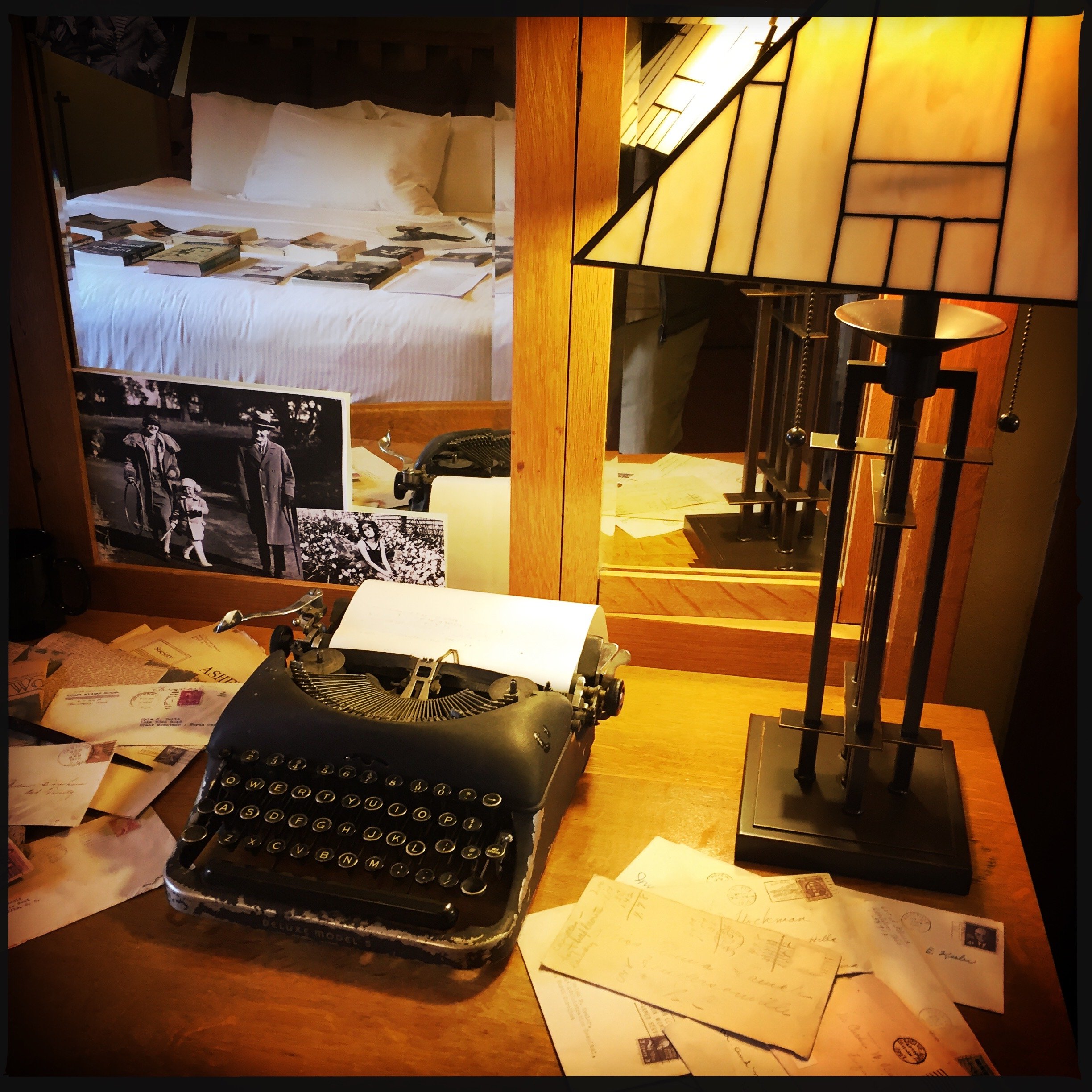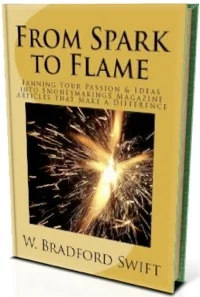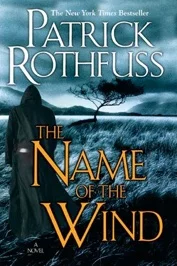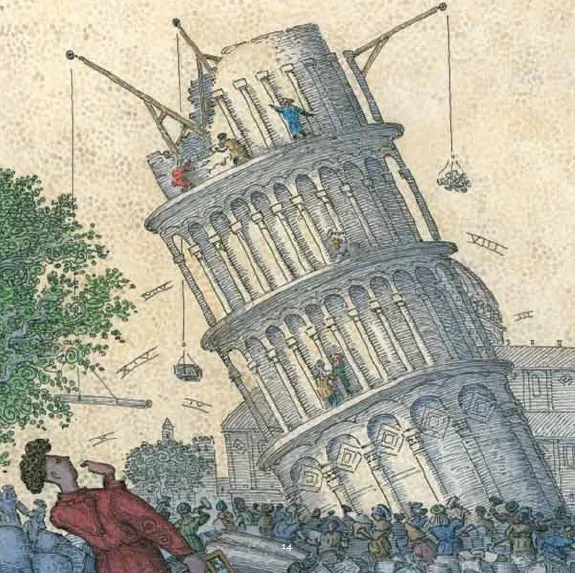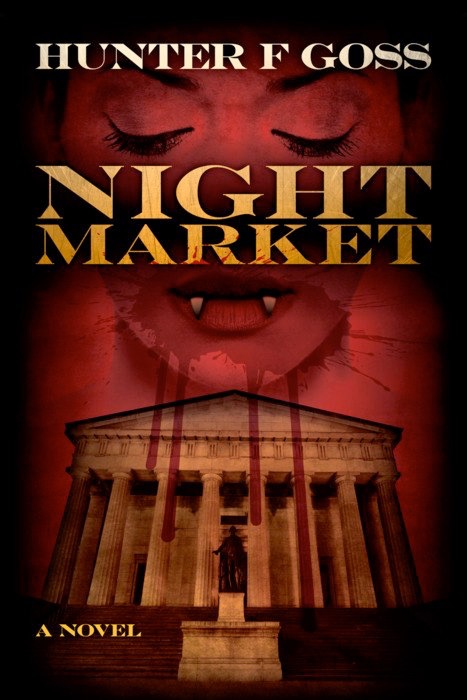I don’t know how many times people ask to pick my brains about such things like how to get a book published or how they can start writing for glossy magazines or how they can be a rich and famous author. I try to be helpful, but like a lot of writers, I regard whatever success I’ve had to be the result of mixture of luck and hard work.
So when people ask me how they can do what I do, I offer two pieces of advice:
Figure out how to be lucky.
Spend 20 years trying to a writer, and sometime in the 21st year, things will really start to happen.
Now I have an answer for people who want to know how to break into magazines: Get Brad Swift’s book.
My friend W. Bradford Swift (aka “Brad”) is a writer, a coach, a doctor, and a careful thinker. He’s written about 350 articles for magazines and managed to be a paid author and writer for about 25 years.
He’s done what I don’t have the patience to do: He’s thought carefully about what it takes to generate, pitch and sell articles to newspapers and magazines, and he’s put all these life lessons in a book entitled, From Spark to Flame: Fanning Your Passion & Ideas into Moneymaking Magazine Articles That Make a Difference.
Yes, I know everyone says print is dead, but people still buy and read magazines because picking up a specialty magazine is one of the quickest way to plug into a hobby, genre, or world that you happen to care about.
And if you know enough about that world to be a fan, chances are you could be making money writing about what you know.
That’s the message of Swift’s book: You can be making money off your expertise.
It’s easier than you think—if you have the right tools.
To promote the book, Swift’s making an offer you can’t refuse: He’s offering to give you a free copy of the book. He’s betting that if you like it, you’ll tell others about it.
Some people can’t give their books away. (I know because I’ve tried.) But Brad, who has been a business and life coach for the last twenty-odd years, had 115 people clamoring for copies within the first 12 hours of his giveaway being announced. He’s pledged to give away 1,000 copies. That’s a huge number. With those odds, it’s worth getting your name in the hat.
I thought I’d talk to him about it.
Who needs your book, From Spark to Flame?
It’s written for the person who may have read a magazine article at some point and thought, “Hey, I could have written that,” but then didn’t know how to go about writing an article, getting it published and getting paid for it. So, any aspiring writer who’d love to see their name in print both at the end of a magazine article and on a pay check for their writing could benefit from the book. It outlines a proven, systematic process I’ve used through the years to write, publish and be paid for more than 350 magazine articles.
Approaching magazines is not rocket science. Yet why do so many freelance writers and new freelancers have trouble with this essential step?
I think many writers get stopped by several different blocks. One of the biggest is that the size of the magazine marketplace is so large it can be hard to know where to begin to market your material. So, many writers end up like a deer caught in the high beams of a car — they’re frozen into inactivity.
The other big block can be simply not knowing the process — the steps it takes to turn an idea into a magazine article that some editor is willing to buy.
I once heard you say that the process of article generation is a little like a Taffy Machine. Can you explain that analogy? How does the analogy help us?
It comes from one of my fondest memories growing up spending summers at the beach. My childhood memory of a taffy machine was this magical metallic box. The store owner would pour in the syrupy goop at one end, and at the other end would pop out multi-colored, wrapped pieces of taffy. Wonderful.
For years I wrote for magazines while watching many other writers who I considered much better at the craft than I struggle to get anything published. I finally realized I had developed my own version of a Writer’s Taffy Machine. At the front I pour in the sweet ingredients of passion-filled ideas. At the other end pop out checks with my name on them. Everything in between is what the book, From Spark to Flame, outlines in rich detail.
If you can hammer home one thing every freelance writer must do to be a success in this world, what would it be?
Purposeful patience blended with persistence. It’s really so important with just about anything we do in life. Having now been on planet earth for a little over six decades and coached and written for over two of those decades, one of the ways I see people failing most often is by quitting too soon.
I believe anything that’s really worthwhile and that truly makes a difference in the long term takes a while to come into fruition. So, the blending of those 3 ‘p’s are vital. Purpose: knowing who you are and why you’re alive. Couple that with the patience to not quit when you hit the inevitable obstacles that will arise, and staying persistence in bringing your dreams into reality. That might sound trite, but I’ve seen it over and over again how well it works.
Once upon a time, you were a veterinarian. How did you go from spending your days with pets to spending your days coaching and writing?
Well, in between the two I burned out...big time. I hit a “dark night of the soul” period where I lost my own sense of purpose and meaning in my life that led me to abuse alcohol and then drugs. The downward spiral continued to the point where I seriously considered suicide.
Fortunately a dear friend found me in this state of emotional and spiritual breakdown and offered to help me get some help. During the recovery phase I discovered the power of working with coaches, reframed my purpose in life, and realized that coaching and writing were two great ways to express that purpose.
Isn’t the whole idea of writing a book to sell it? Why are you giving away so many copies of From Spark to Flame?
I’m still asking myself that question. Here’s the answer that has come to me thus far: I feel I’m making another transition in my own life on purpose that includes a deep desire to help other writers use their talents to express their own purpose while collectively helping to create a world on purpose — my term for a world that works for everyone with no one left out.
I believe in the “priming your pump” approach. Giving away something that I know in my heart can be of real value to other writers is my way of priming the pump on this new Purpose Project. Like the rest of my life, this is just another experiment that I feel guided to try out.
It’s also my way of bringing attention to the Visionary Writers Manifesto Bloginar that kicks off on November 1. During the bloginar I’ll be sharing My Manifesto for Visionary Writers — Creating a World On Purpose with the Written Word in short blog posts and asking for feedback, comments and questions from the readers.
Already, we’ve had people claim their free copy of the book from as far away as India, Australia, the United Kingdom, Spain, Canada and of course, the USA. That feels really good.
Okay, we’re sold. How do we get our free copy?
Well, first you mail me a check for...no that’s not right. Go to this page on my blog, W. Bradford Swift – Visionary Author, and you’ll find all the details there.
The giveaway ends on Monday, November 24. I’ve also added a few incentives to encourage people to take me up on the offer and to share it with their friends. It would also be great if people would share in the comment section how they heard about the book giveaway, and anything else they’d like to share about writing. My writer’s Facebook page is here.
Thanks, Brad!
Yes, I am trying to post here more often. Thank you for noticing. If you want to sign up for my newsletter and claim your collection of free ebooks, go here. Thanks!

